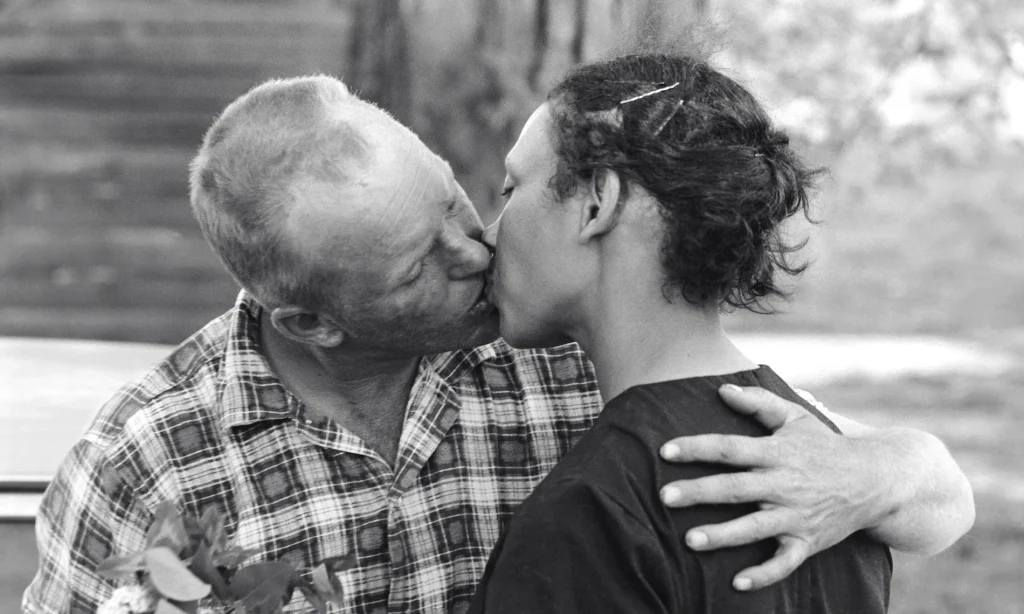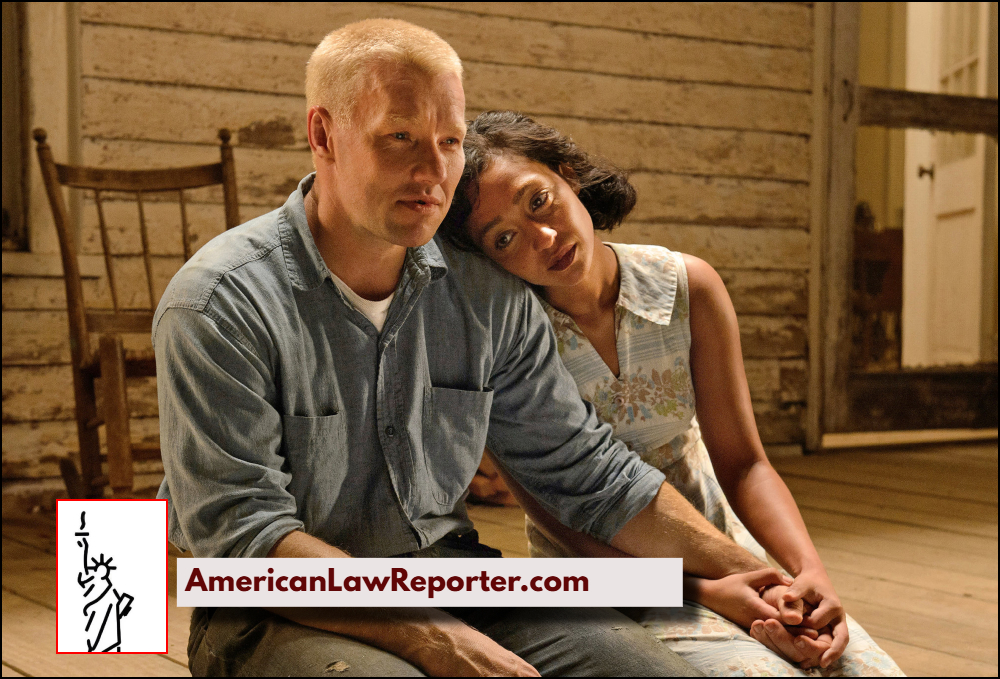In the early morning hours of July 11, 1958, sheriff’s deputies stormed into the home of Mildred and Richard Loving in Central Point, Virginia. Their crime? Being married.
The Lovings, a Black woman and a white man, had traveled to Washington, D.C. to legally wed but returned to Virginia, where interracial marriage was still a felony. They were arrested in their bedroom, beginning a legal journey that would culminate in one of the most pivotal Supreme Court decisions in American history: Loving v. Virginia (1967).
The Legal Landscape Before Loving

Before the 1967 decision, sixteen states still had laws banning interracial marriage, often rooted in Jim Crow-era legislation designed to enforce racial segregation. These laws were bolstered by the 1883 Supreme Court ruling in Pace v. Alabama, which upheld such bans under the guise of “equal punishment” for both parties.
But the tide was shifting. The Civil Rights Movement was gaining momentum, and constitutional protections under the 14th Amendment were being interpreted more expansively to protect individual rights. Into this legal and cultural moment stepped the Lovings, whose case would strike down laws that had stood for more than 300 years in some form.
A Love Story with Legal Consequences
After their arrest, the Lovings were given a stark choice: leave Virginia for 25 years or face prison time. They chose exile and relocated to Washington, D.C., but life outside their home state proved difficult. In 1964, frustrated and determined, Mildred Loving wrote a letter to U.S. Attorney General Robert F. Kennedy. Kennedy referred her to the American Civil Liberties Union (ACLU), which took up their case.
Their legal team, led by Bernard Cohen and Philip Hirschkop, argued that Virginia’s Racial Integrity Act of 1924 violated the Equal Protection and Due Process Clauses of the 14th Amendment. The state of Virginia maintained that the law was race-neutral because it punished both parties equally.
The Supreme Court Weighs In
On June 12, 1967, the Supreme Court issued a unanimous decision striking down Virginia’s anti-miscegenation laws.
Chief Justice Earl Warren, writing for the Court, declared: “Under our Constitution, the freedom to marry, or not marry, a person of another race resides with the individual, and cannot be infringed by the State.”
The ruling in Loving v. Virginia not only invalidated laws in Virginia but also overturned similar statutes in the remaining fifteen states that still enforced interracial marriage bans. It was a watershed moment in American civil rights law, reshaping how the Constitution protects personal liberty and autonomy.
Enduring Legacy
The Loving decision continues to reverberate through American jurisprudence. It served as a foundational case in later decisions involving marriage equality, including Obergefell v. Hodges (2015), which legalized same-sex marriage nationwide. The emotional power of the Lovings’ simple desire to live as a married couple resonated across decades, making their case a symbol of how ordinary people can change history.
June 12, the day of the ruling, is now celebrated as “Loving Day,” a commemoration of the right to love freely regardless of race.
Conclusion
Loving v. Virginia is more than a landmark legal case; it’s evidence of the enduring strength of love and justice. It reminds us that constitutional rights are not static but evolve to meet the needs of a changing society. Through their courage, the Lovings didn’t just change the law—they changed lives.

